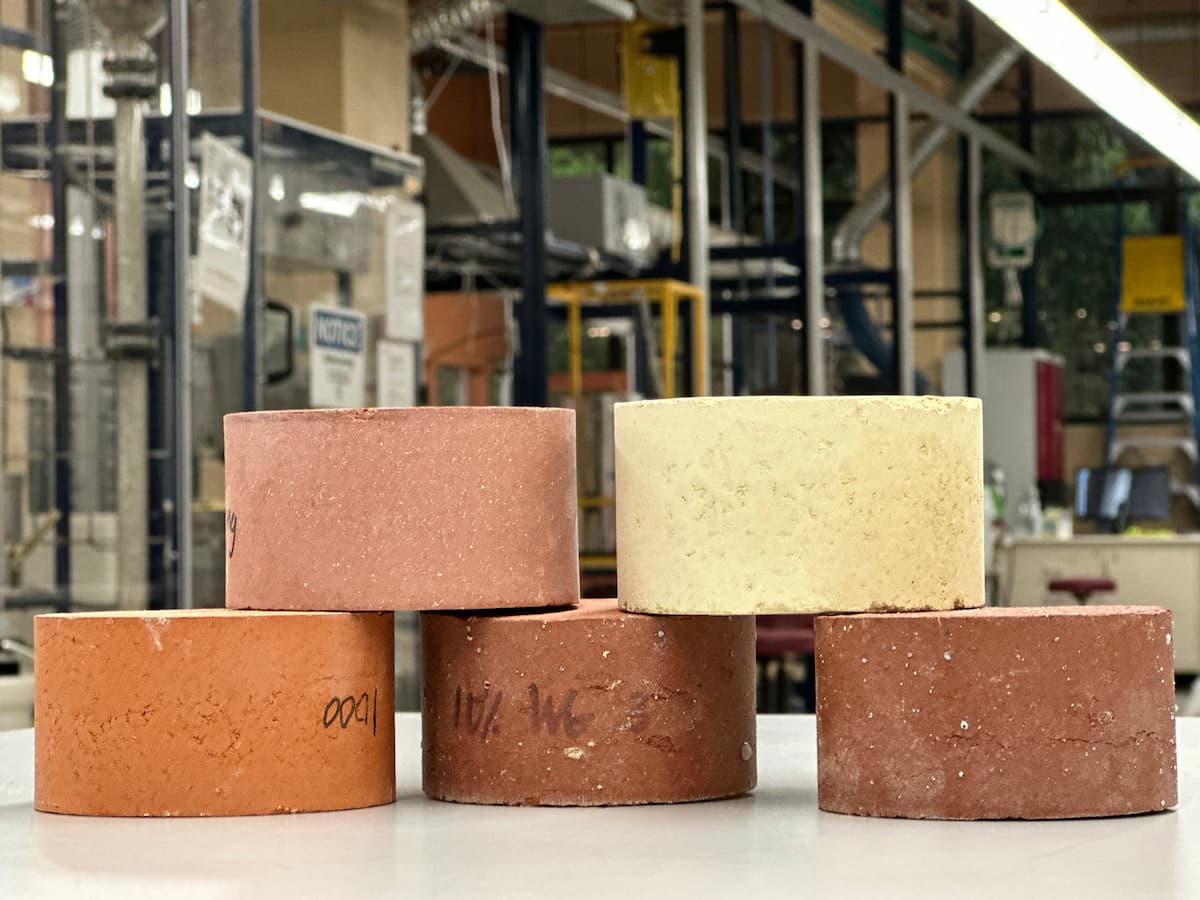Newly invented energy-efficient bricks use scrap materials usually headed straight for landfill.
Collaborating with Australian recycling company Visy, RMIT University engineers have made bricks with a minimum of 15 per cent waste glass and 20 per cent combusted solid waste (ash) as substitutes for clay.
RMIT University says test results indicate that using these bricks in the construction of a single-storey building could reduce household energy bills by up to 5 per cent compared to regular bricks, due to improved insulation.
Multiple benefits
Replacing clay with waste materials in the brick production helped reduce the firing temperature by up to 20 per cent compared with standard brick mixtures, offering potential cost savings to manufacturers.
“Business-as-usual brick production produces harmful emissions – including carbon dioxide, sulphur dioxide and chlorine – and puts a serious strain on our natural resources, particularly clay,” says Associate Professor Dilan Robert from RMIT’s School of Engineering, team leader on the project.
About 1.4 trillion bricks are used in construction projects globally every year.
Huge potential
The team’s research showed the new bricks enhance energy efficiency through improved thermal performance and meet stringent structural, durability and environmental sustainability standards. The technology has met the key compliance requirement of fired clay bricks set by Standards Australia (AS 3700).
“Bricks play a key role in preventing energy loss from buildings,” Robert says. “We can also produce lightweight bricks in a range of colours from white to dark red by changing our formulations.”
The RMIT team’s environmental engineer, Dr Biplob Pramanik, says the new bricks are safe to use in construction projects.
“Our bricks, manufactured from industry waste,” he says, “meet state environmental regulations.”
The team’s latest research is published in the international journal Construction and Building Materials.
Circular economy
In Victoria, Visy recycles glass packaging back into new bottles and jars. Unfortunately, glass pieces smaller than 3mm – referred to as fines – cannot be recycled into bottles.
Robert says RMIT University is focusing on scaling up the production process to facilitate the commercialisation of its innovative bricks in collaboration with Melbourne brick manufacturers.
The research team wants to collaborate with industries to explore applications of waste material in other construction products.
 Matt Dillon
Matt Dillon


Leave a Reply